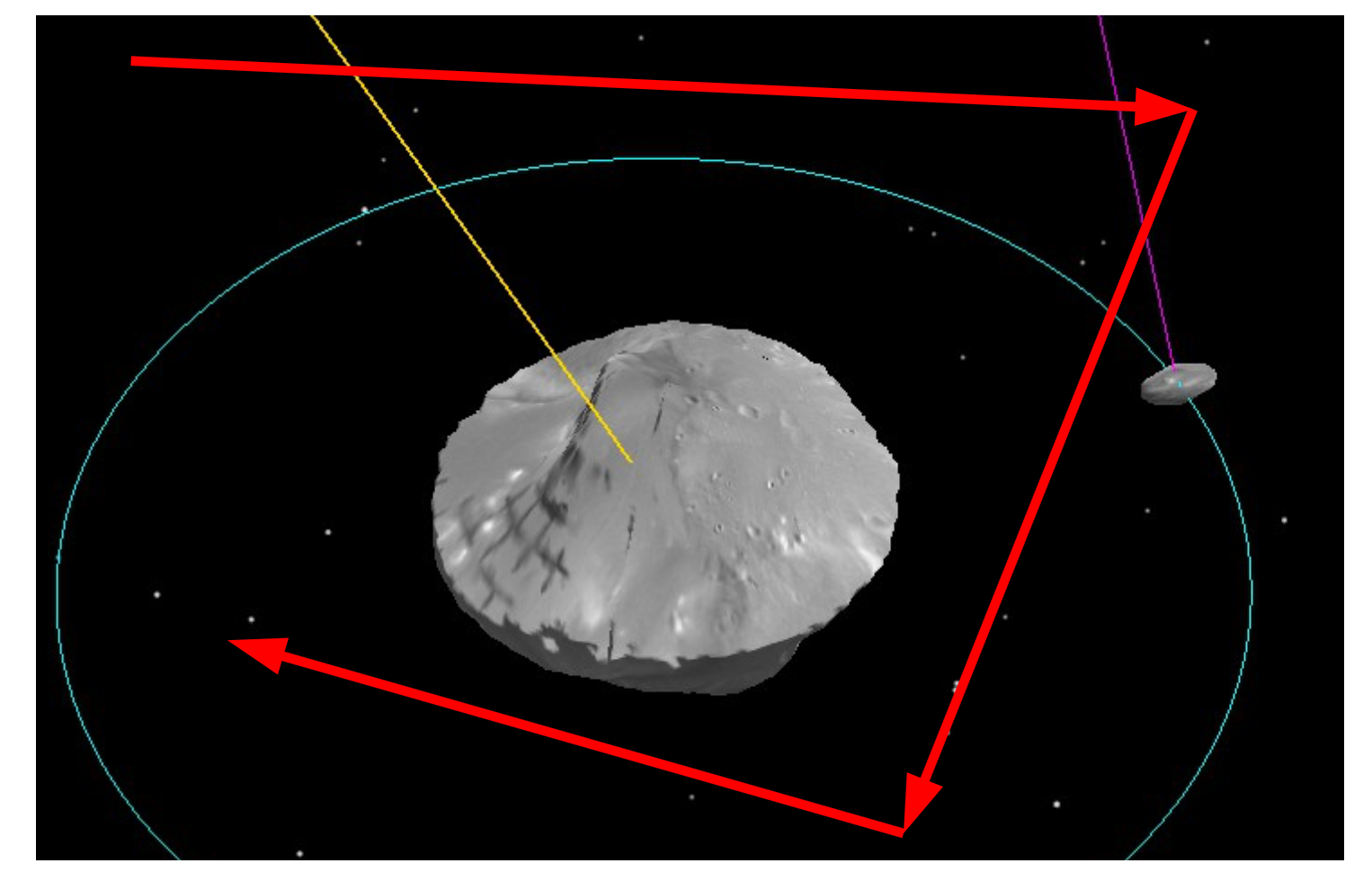BIRDY-T : near-asteroid autonomous operations
(report 2017)
BIRDY-T is a navigation technology for future "deep-space" CubeSats. It merges the BIRDY and QBDIM projects already supported by ESEP since 2014. On the ground, a trajectory is predicted with the help of a trajectory calculator, that can model complex gravitational fields (IMCCE expertise). The difference between the predicted and actual flight path is estimated to be better than 100 km for interplanetary cruise. The algorithm will be tested on an LESIA flight software bench. The CubeSat must calculate its trajectory corrections alone to follow the flight strategy. Our partner NCKU from Taiwan brings in its PPT micro-propulsion solution, and a PSL-supported PhD student can adapt it as needed.

The initial technological goal is to create a complete engineering bench that can be used for various applications : near-asteroid operations, cruising, formation flying, constellations. Planetary geodesy is the first targeted application, by sampling a double asteroid, thus repeating the idea of QBDIM. The Earth-Mars travel context of BIRDY remains the reference of the cruising need.
The team includes people from the IMCCE, LESIA, and our partners NCKU and ODYSSEUS in Taiwan. It also involves many students : a total of 64 from L3 to PhD. Eight long internships and trips were funded though ESEP and the environment, network and experts were brought in through C²ERES.
Contact : Marco Agnan m.agnan @ odysseus.space
For 2017-2018 : 1 or 2 long duration modules (1-2 years), 1 or 2 long internships (4-6 month) for system, orbit dynamics or optical bench.



